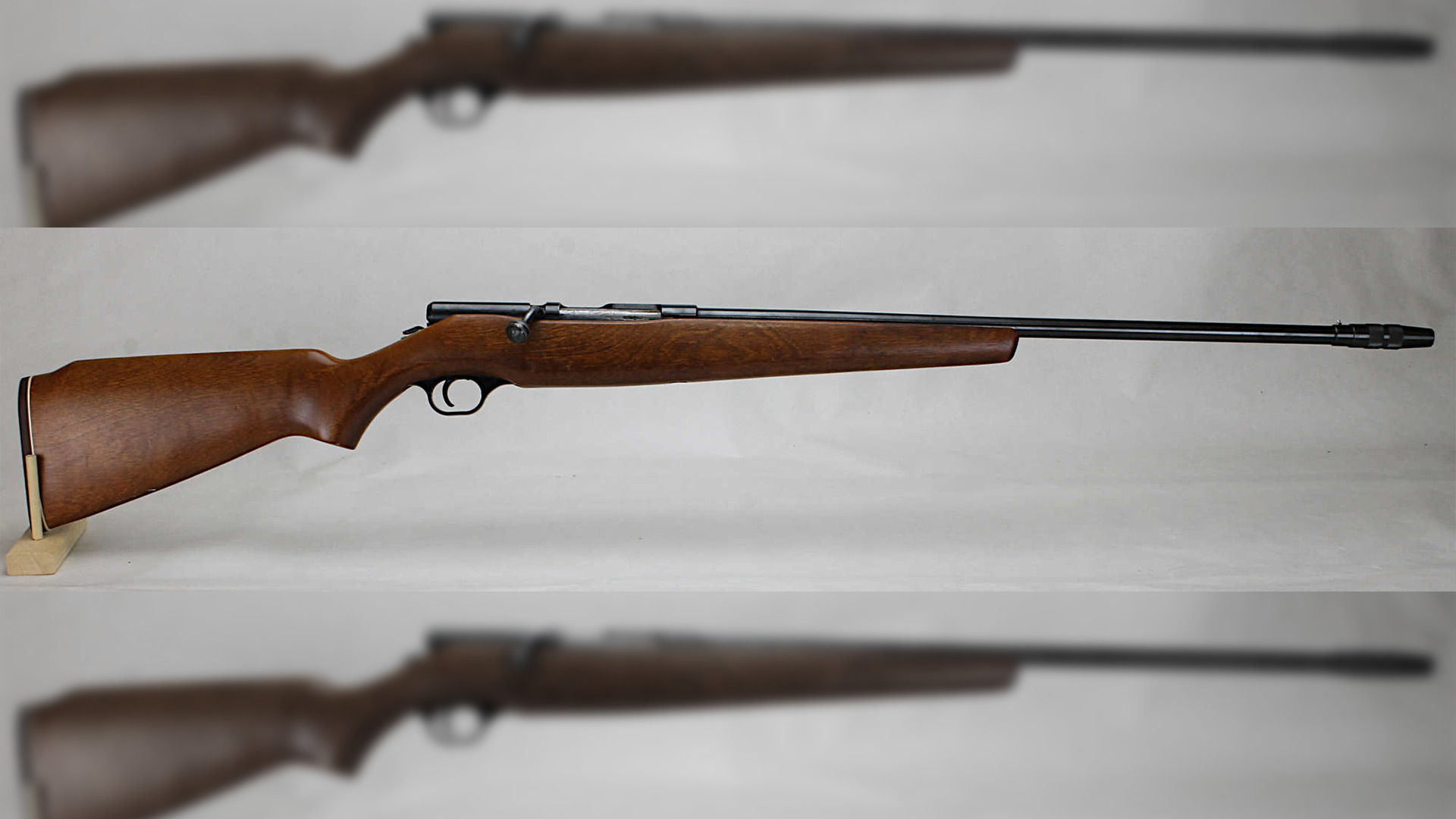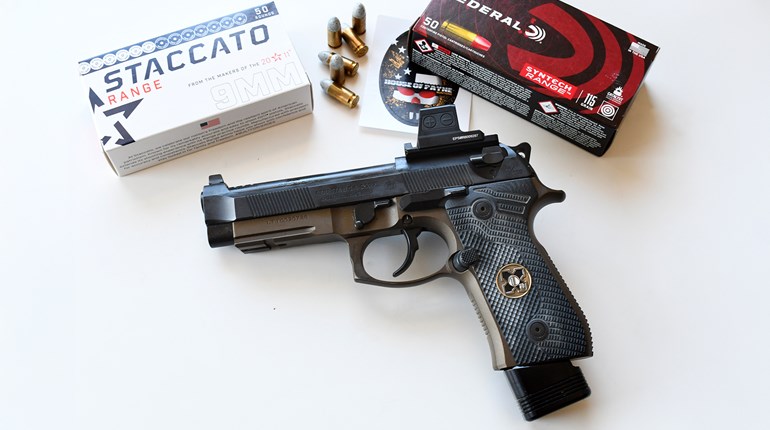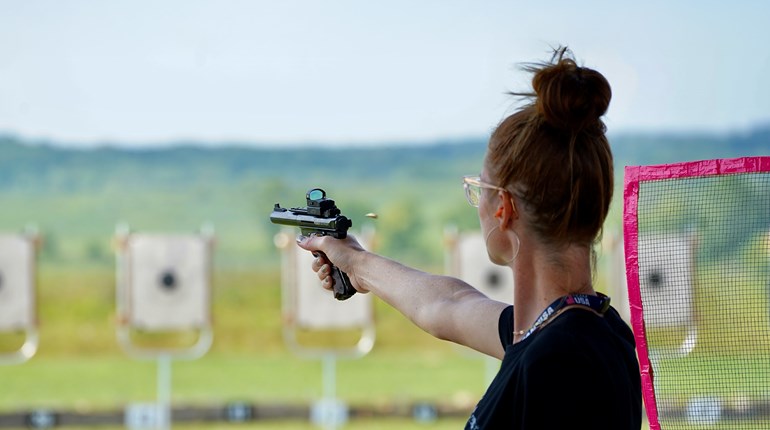
WARNING: All technical data in this publication, especially for handloading, reflect the limited experience of individuals using specific tools, products, equipment and components under specific conditions and circumstances not necessarily reported in the article and over which the National Rifle Association (NRA) has no control. The data has not otherwise been tested or verified by the NRA. The NRA, its agents, officers and employees accept no responsibility for the results obtained by persons using such data and disclaim all liability for any consequential injuries or damages.
Double-action revolvers chambered for .357 and .38 used by competitive shooters have a well-deserved reputation for out-of-the-box accuracy and reliability. It’s expected. But some shooters opting for the newer 9 mm revolvers are surprised to discover that they are not getting that out-of-the-box performance. Experienced 9 mm revolver shooters point out three issues that may need to be addressed before top-notch performance is realized.
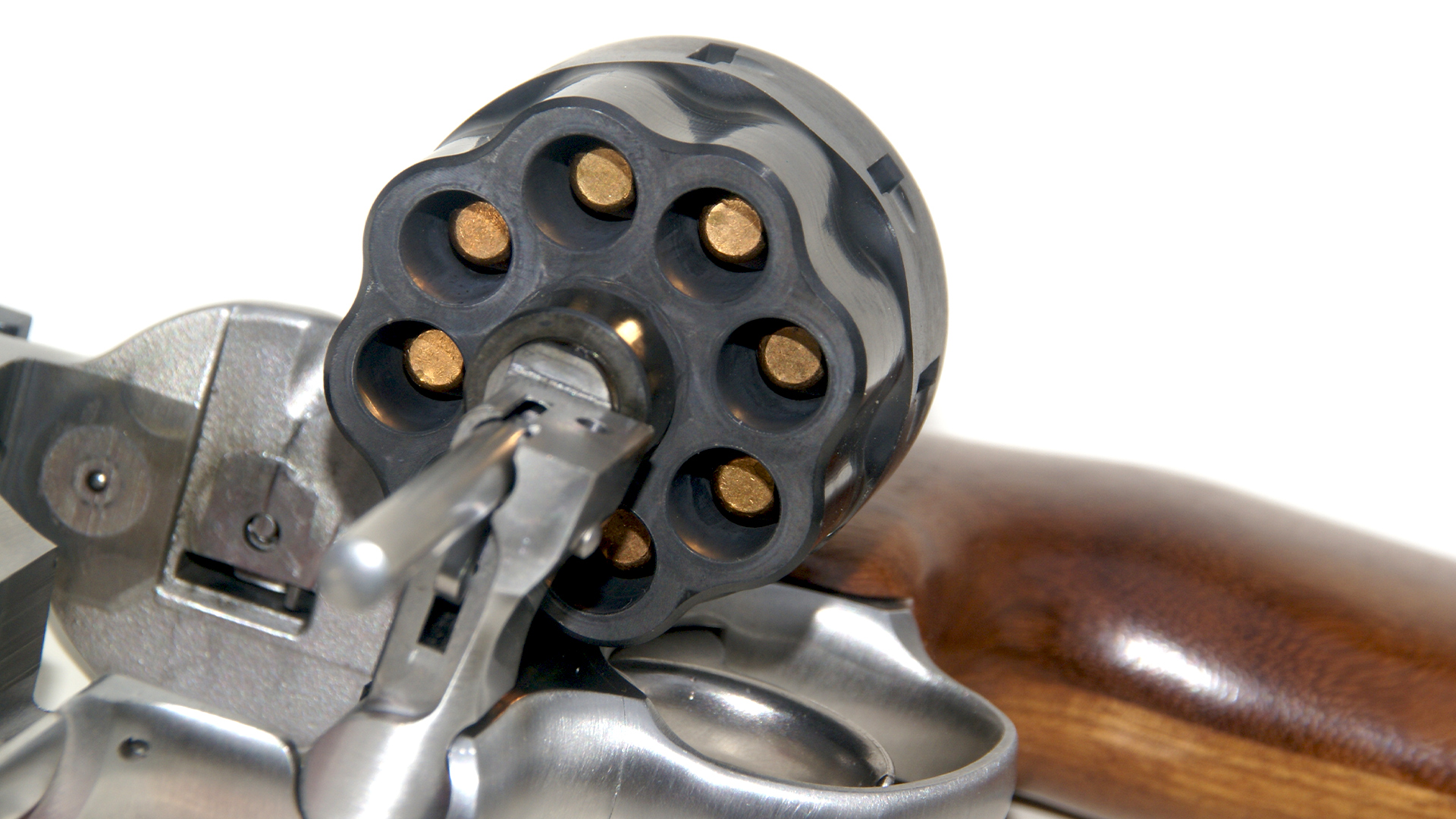
Accuracy is the first issue that normally manifests itself. It’s not at all uncommon for a .357./38 revolver to toss 25-yard groups in the two-inch range. New 9 mm revolver shooters expect that. But some find that when they pick up their new gun, load the moon clips with factory 9 mm jacketed ammo and head to the range to sight in, they are seeing groups in the five-inch or larger range (sometimes noticeably larger).
The reason for that is surprising, but simple—9 mm and .357/.38 revolvers share the same barrel groove diameter. SAMMI specs for both 9 mm and .357/.38 groove diameter are the same, anywhere from 0.3550 to 0.3590 inch is within spec. Since those companies that make 9 mm revolvers also make .357/.38 guns, the barrels are likely bored to the higher side of the specification range to accommodate .357 bullets. The rifling and twist rates differ, but the bore diameters are the same.
The bullets, however, are not. SAMMI specs for .357 bullets are .03580 to 0.3590 inch. Bullet diameters for 9 mm are 0.3550 to 0.3590. The smaller 9 mm slugs don’t properly seal the bore, and can allow gas blow by to do unkind things to the bullet as it leaves the muzzle.
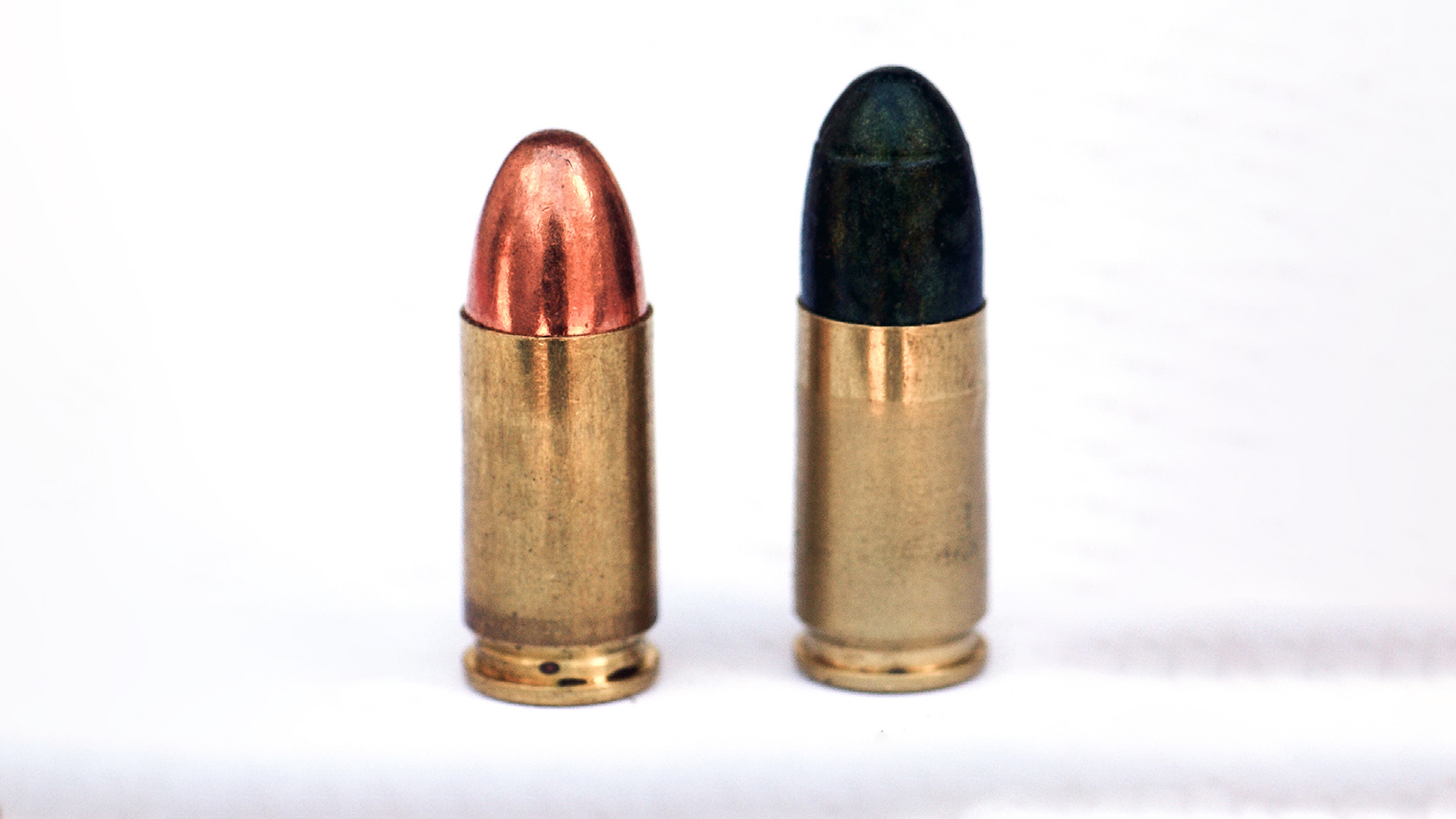
Experienced shooters quickly figured out the cure. If the 9 mm revolver has a .357 bore diameter, just load .358-inch .38-caliber bullets. There’s no problem fitting a .38 slug into a 9 mm case. Shooters have also discovered that accuracy improves as bullet weight increases. Among the top 9 mm revolver shooters the most popular bullet is a 158-grain or 160-grain .358 coated lead round nose.
Bullet creep, and even bullets completely jumping the crimp and tying up the gun, is another issue. It can occur with any revolver when an insufficient crimp is used. But it seems to be especially prevalent in 9 mm revolvers, especially with factory 9 mm ammunition.
One reason for this is that when a revolver recoils, it acts like an inertia bullet puller operating in reverse. In use, a cartridge is loaded into the tool and it’s swung downward forcefully to impact against a hard surface. The heavier bullet has momentum and wants to keep moving forward. It doesn’t take more than four or five hard raps to break a bullet free of even the firmest roll crimp. In reverse, the recoil sends the gun and cartridges sharply backwards. The heavier bullet now wants to stay in place, and successive recoil cycles gradually move it forward in the case. Each successive recoil cycle can move the bullet a bit more until it leaves the case. Most 9 mm revolvers hold eight rounds, but many shooting positions only require six. Shooters commonly eject partial moons on their way to the next position to avoid a flat-footed reload and build stage speed. They then replace the empties and run the moon clip again. Those two unfired rounds are going through a lot of recoil cycles.
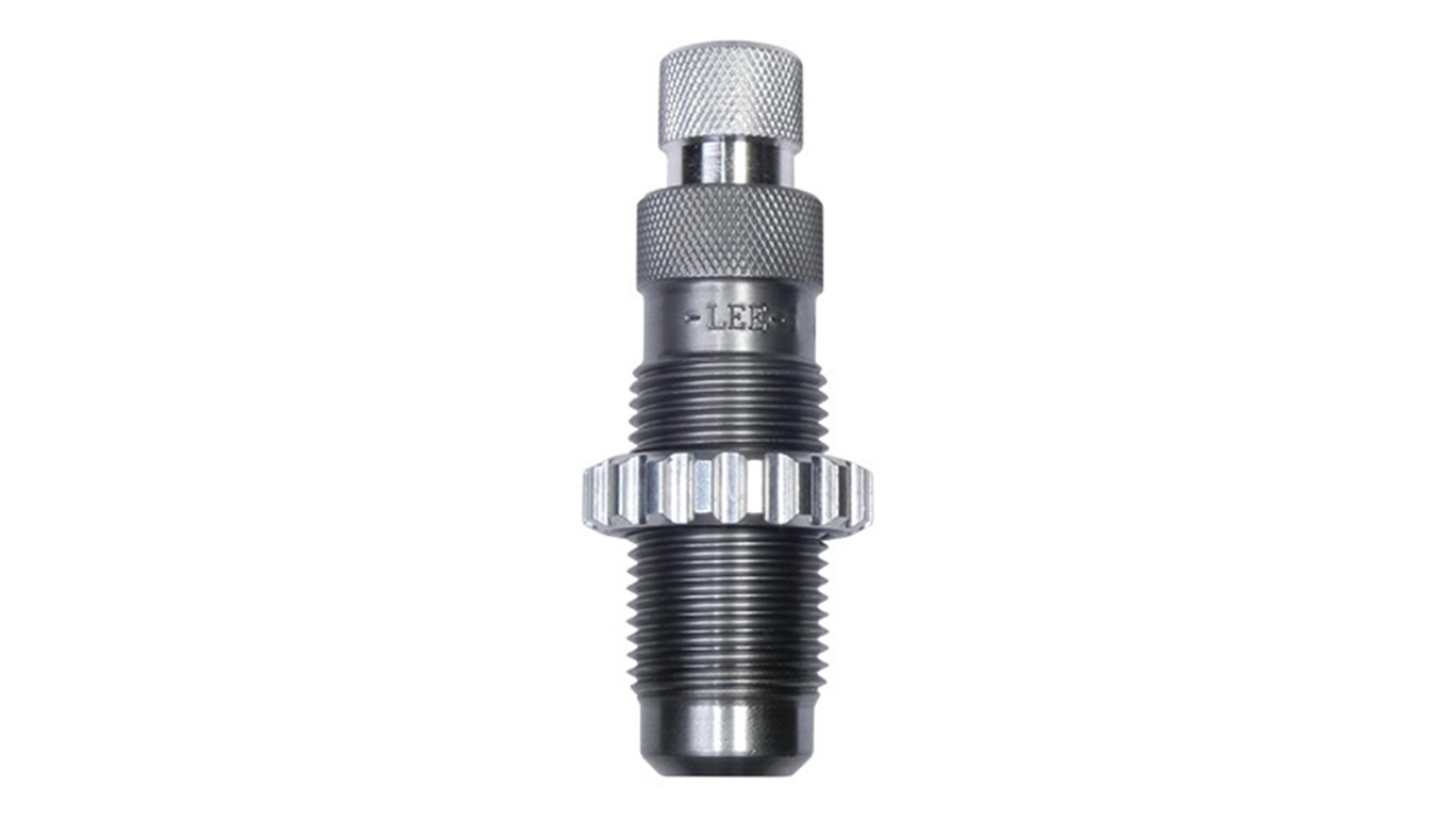
A firm taper crimp is needed in 9 mm revolvers. Some shooters using coated lead bullets even use a roll crimp. Dies for 9 mm won’t do that, but Lee Precision has an inexpensive .38 Short Colt roll crimp die that will.
Another issue arises for those using 158- to 160-grain bullets. The 9 mm is a tapered case. With these long bullets seated to a common 9 mm overall length, they bulge the lower portion of the tapered case. This bulge causes the brass above to want to “spring back” regardless of the crimp. This is solved by seating those long bearing surface bullets out to 1.175- or even 1.200-inch overall length. There’s room in the cylinder for longer seating.
Once a shooter finds an accurate load combination and solves the crimping issue, the next potential problem area is the moon clips themselves.
Moon clips are essential for the use of the 9 mm in revolvers. They not only allow the rimless cartridges to be used, but they are critical in providing the proper head space for positive and consistent primer ignition. This depends upon the thickness of the moon clip, and there are a variety of thicknesses available. Moon clips can be had in thicknesses of 0.22, 0.25, 0.35, 0.37 and 0.40 inch. The proper thickness for the individual gun is important.
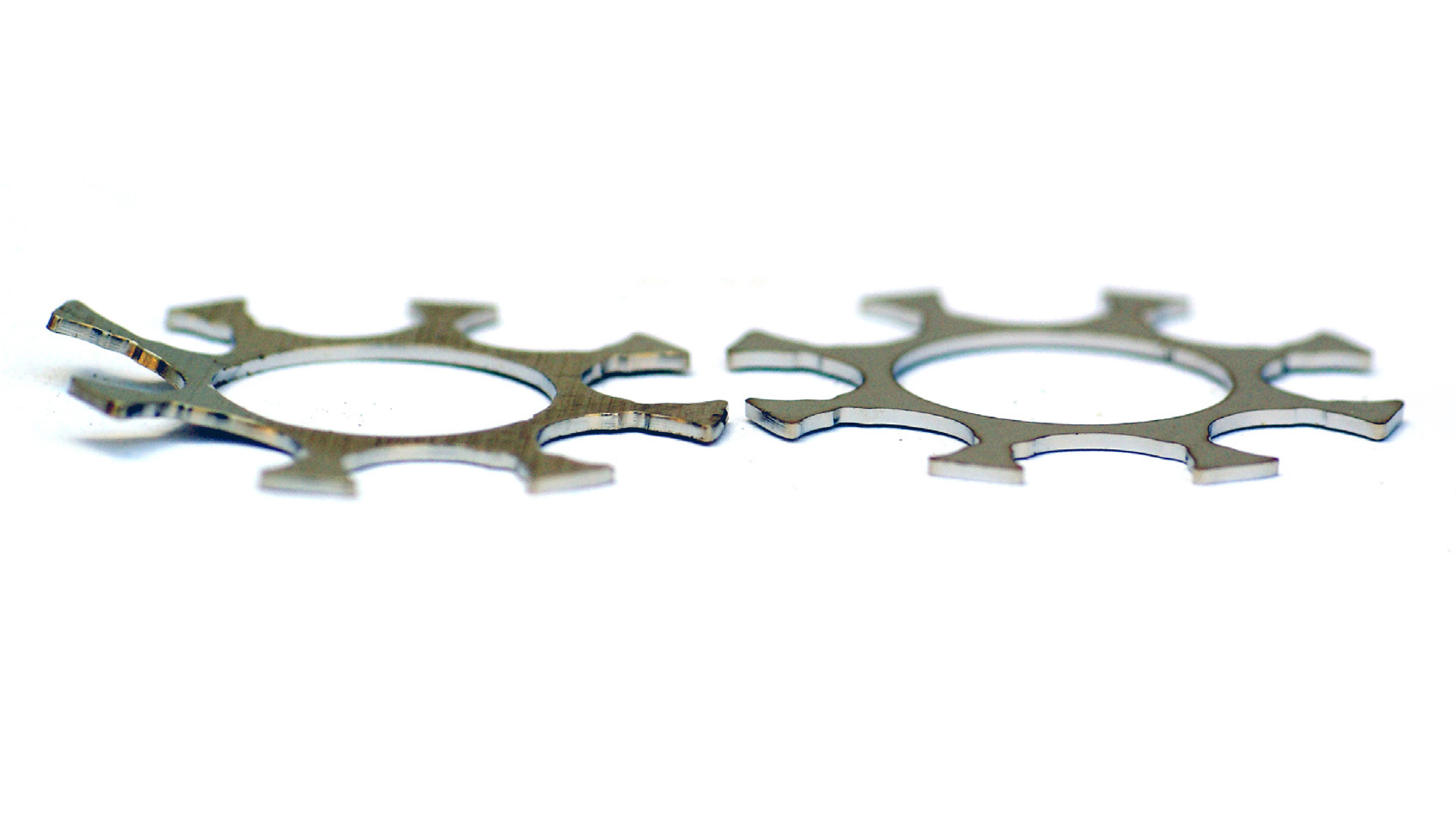
One experienced revolversmith notes that in order to achieve a sufficient hammer blow, with the hammer all the way down you want it to sick out of the recoil shield about .050 inch (about the thickness of a dime). With the hammer retracted there should be .005 to .010 space between the head of the case and the recoil shield. Less space can cause cylinder binding and erratic trigger pulls, while more space can reduce the kinetic energy of the firing pin blow and result in light strikes. Either condition can easily occur with moon clips that are too thick or too thin. Many 9 mm revolvers are geared to run with .035-inch moons, but manufacturing tolerances can vary enough that a different thickness may prove a better bet.
Once a shooter finds the proper moon clips for their gun, the next concern is keeping them pristine.
Moon clips are the most fragile component in the system. It’s easy to bend the clips if they are ejected onto a hard surface, like a concrete indoor range, or some clumsy oaf steps on yours on a grass range before you get back to pick them up. Moon clips are made from spring steel. Even a slight bend will cause it to act like a spring. Slightly upward bent moon clips may look usable, but they can negatively affect ignition by holding the case slightly upwards in the cylinder and actually moving forward with the firing pin blow to dissipates the force of the firing pin blow. Downward bent clips can affect head space. An extreme bend can rub against the recoil shield and create a jerky, erratic trigger pull. Used moon clips should be periodically laid on a flat surface and checked to see if they are truly flat. Tools are made to straighten bent moon clips, but needle nose pliers will also work. Shooters must make a habit of closely inspecting their moon clips, and it doesn’t hurt to have plenty of spares on hand.
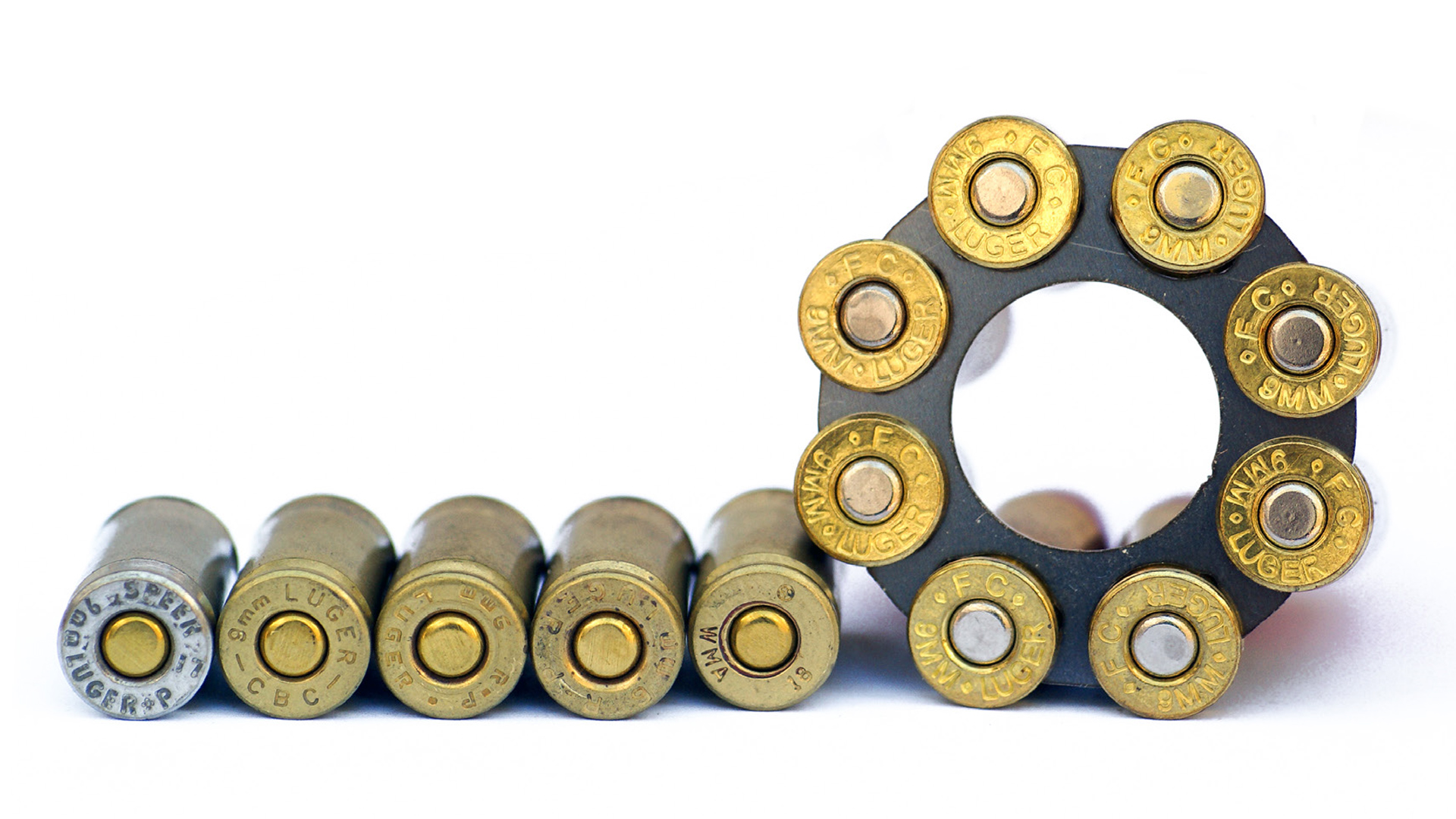
One last issue is more of an annoyance than a significant problem—not extractor grooves of all head stamps will fit different moon clips. In some cases, they’ll go in and be held, but they’re a loose fit and tend to roll around in their groove. This doesn’t affect firing but creates a handling issue on rapid reloads. One shooter likened it to “juggling marbles.” Experienced shooters will determine which head stamps work in their moons and stick with them. Those who rely on mixed range brass can have issues.
Revolvers chambered in 9 mm are a different critter than the .357 and .38 guns. But once shooters understand and address the differences, they can deliver the same high level of performance.










